
Acer platanoides Crimson King Purple Norway Maple Tree
Acer platanoides is a deciduous tree, growing to 20-30 m (65-100 ft) tall with a trunk up to 1.5 m (5 ft) in diameter, and a broad,. such as the dark purple of 'Crimson King' and 'Schwedleri', the variegated leaves of 'Drummondii', the light green of 'Emerald Queen', and the deeply divided, feathery leaves of 'Dissectum' and 'Lorbergii.

Acer platanoides 'Crimson King' Norway maple Yellow spring flowers, Acer, Autumn garden
Extended plant information for Acer platanoides 'Crimson King'. Support the HPS by becoming a member and you will also see additional information on this plant (where it exists) such as: Full plant details for those in the Conservation scheme. Details of their hardiness zones or US zone codes. Seed sowing tips.
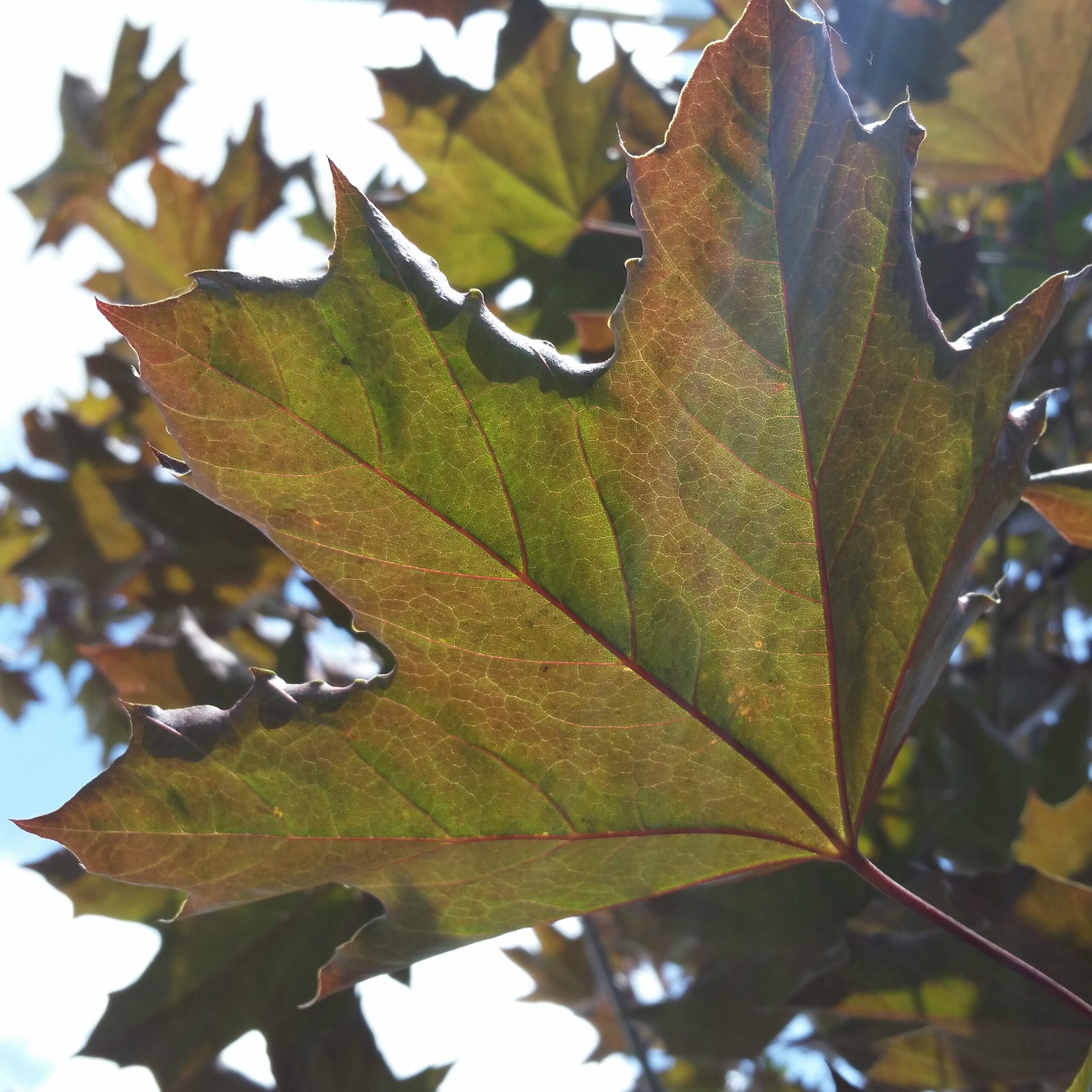
Acer platanoides 'Crimson King' Norway Maple Mid Valley Trees
Schwedleri and became known as 'Crimson King'. Extremely similar cultivars are 'Goldsworthy Purple' and 'Royal Red'. 'Faassen's Black' is also from a 1937 red-leaved seedling of Tips Brothers and introduced to the U.S. about 1954. Its foliage has a more bronzy-brown tinge than 'Crimson King' and a more open form, as if pruned.
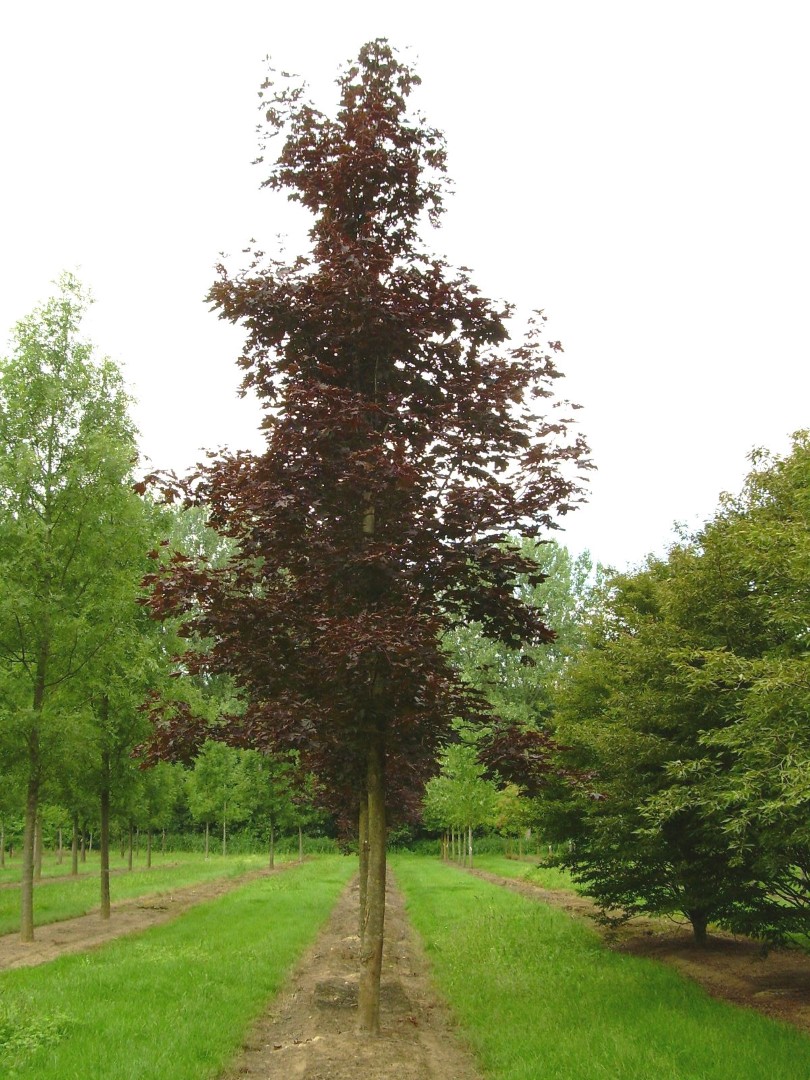
Acer platanoides 'Crimson King' Acer platanoides 'Crimson King' Van den Berk Nurseries
Majestic, award-winner Acer platanoides 'Crimson King' (Norway Maple) is a vigorous medium-sized deciduous tree prized for its large, rich purplish-crimson leaves that last throughout the summer and its purple fruits. Its oval to rounded, dense crown fills with ornamental clusters of reddish-orange flowers in the spring, just as the leaves emerge.
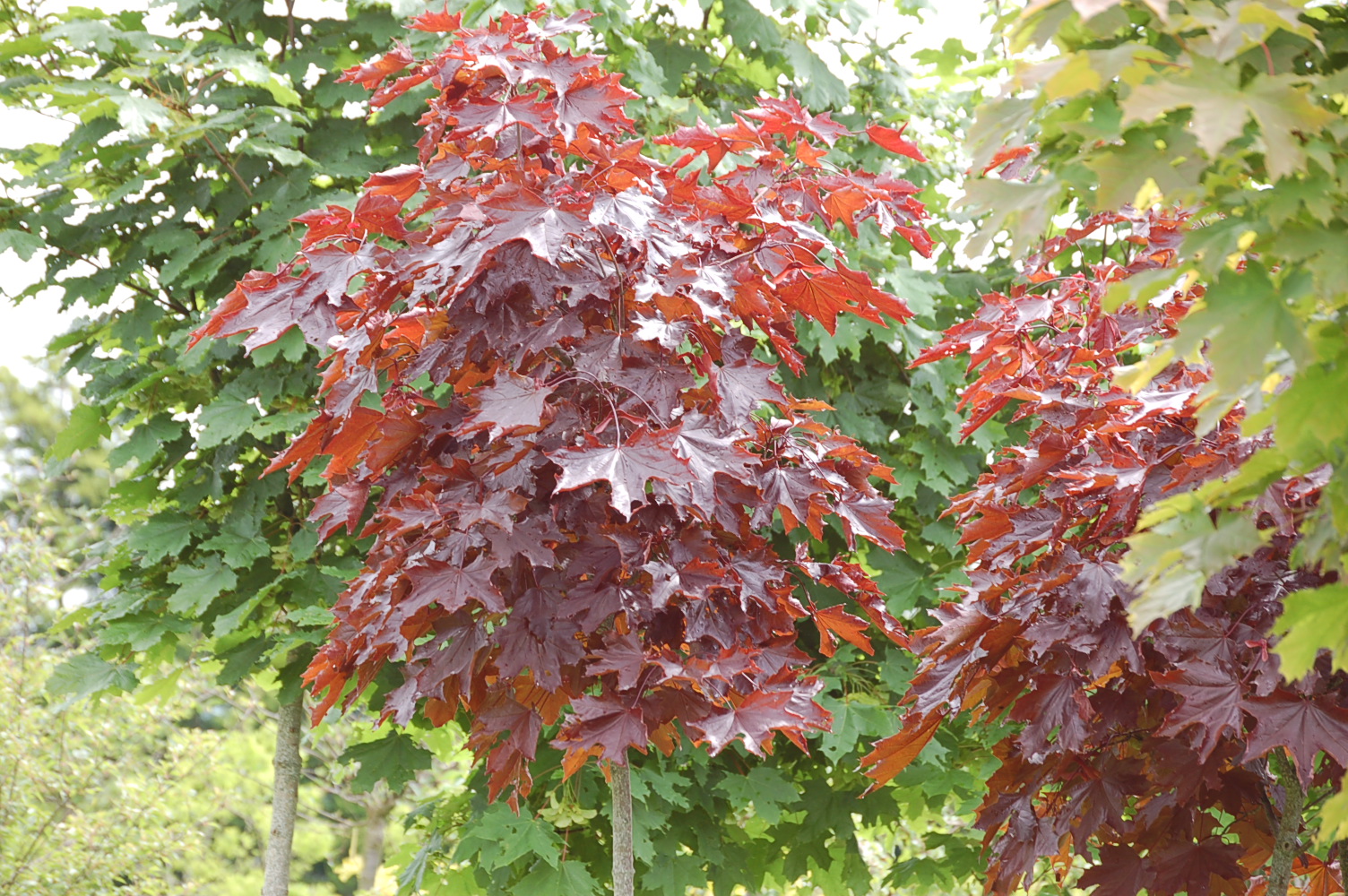
Acer platanoides ‘Crimson King’ Pépinières Rougieux
Crimson King Norway Maple is a dense deciduous tree with a more or less rounded form. Its relatively coarse texture can be used to stand it apart from other landscape plants with finer foliage. This is a relatively low maintenance tree, and should only be pruned in summer after the leaves have fully developed, as it may 'bleed' sap if pruned in late winter or early spring.
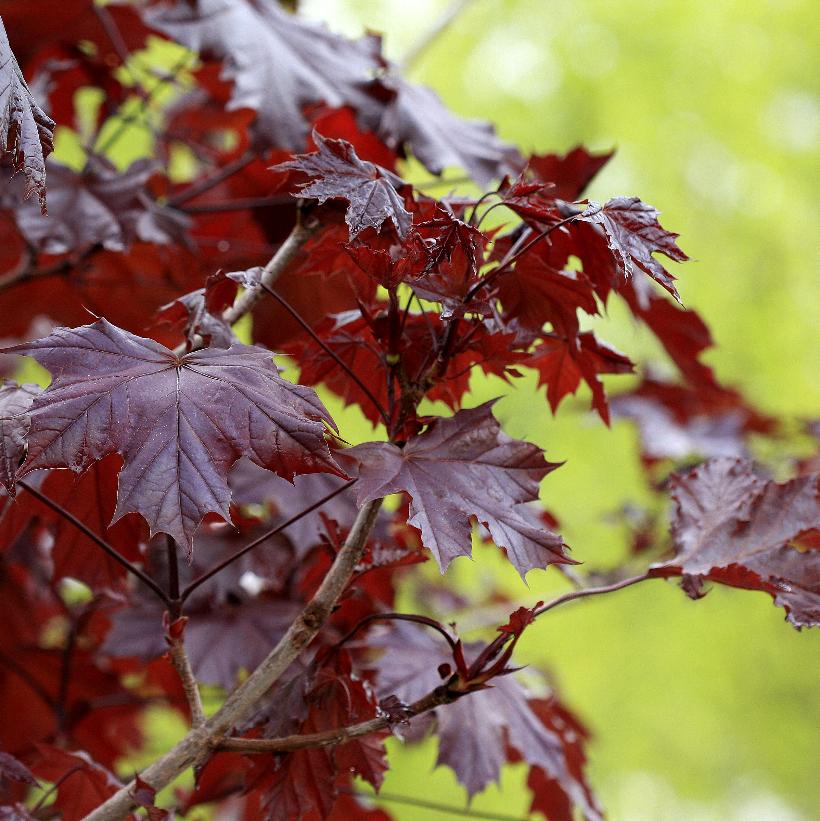
Acer platanoides 'Crimson King' (PP0735) from NVK Nurseries
Scientific name: Acer platanoides 'Crimson King'. A native of Europe, Norway maple is now one of the most widely planted urban shade trees in the entire United States. Crimson King is considered a medium-sized deciduous shade tree typically growing 40-50' tall with a dense, symmetrical, rounded crown. It has very large leaves (up to 7.

Acer platanoides Crimson King Buy Purple Norway Maple Trees
One of the best of all the purple-leaved selections, Acer platanoides 'Crimson King' grows almost to the size of the typical form of the species, retaining its rich purple foliage throughout the season, though offering little in the way of autumn colour.It can struggle in summer heat however, when its growth often slows or stops altogether (Dirr & Warren 2019).

Acer platanoides 'Crimson King' Norway Maple Ornamental Garden Tree 56ft eBay
Introduction. 'Crimson King' Norway maple grows to a height of 35 to 45 feet spreading about 25 to 30 feet and is quite popular for its purple-green foliage throughout the summer. Leaves turn brown, dark maroon or bronze in the fall before dropping. The oval to rounded crown fills with maroon-yellow flowers in the spring.
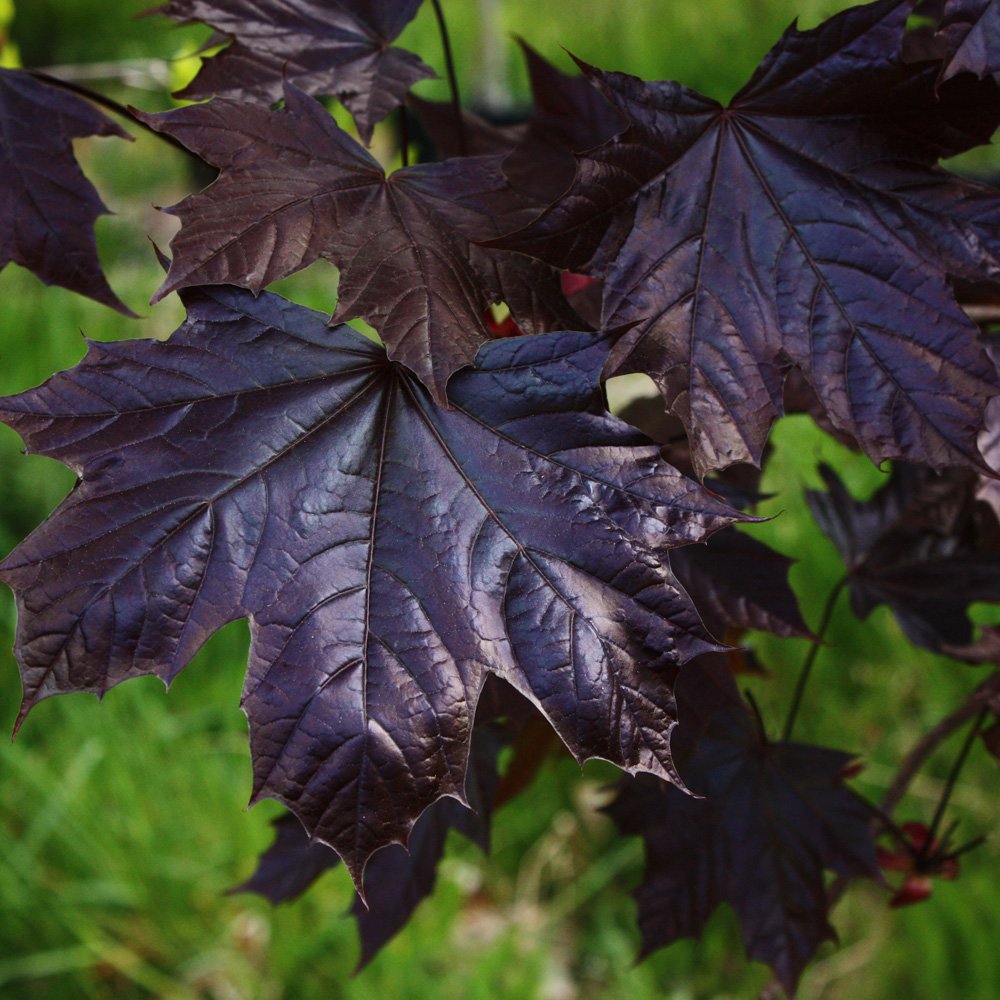
Acer platanoides 'Crimson King' Trees & Specimens Arboretum Garden Centre
East facing. West facing. Plant match details will appear here. Exposure. Sheltered. Plant match details will appear here. 'Crimson King' is a vigorous, spreading, medium-sized deciduous tree with large, loved, deep purple-red leaves and clusters of reddish-orange flowers on leafless branches in spring.

Photo Norway maple Crimson King
Genus. Acer can be deciduous trees or large shrubs with paired, often palmately-lobed leaves and small flowers followed by characteristic winged fruits. Many have fine autumn colour, and some have ornamental stems. Name status. Accepted.
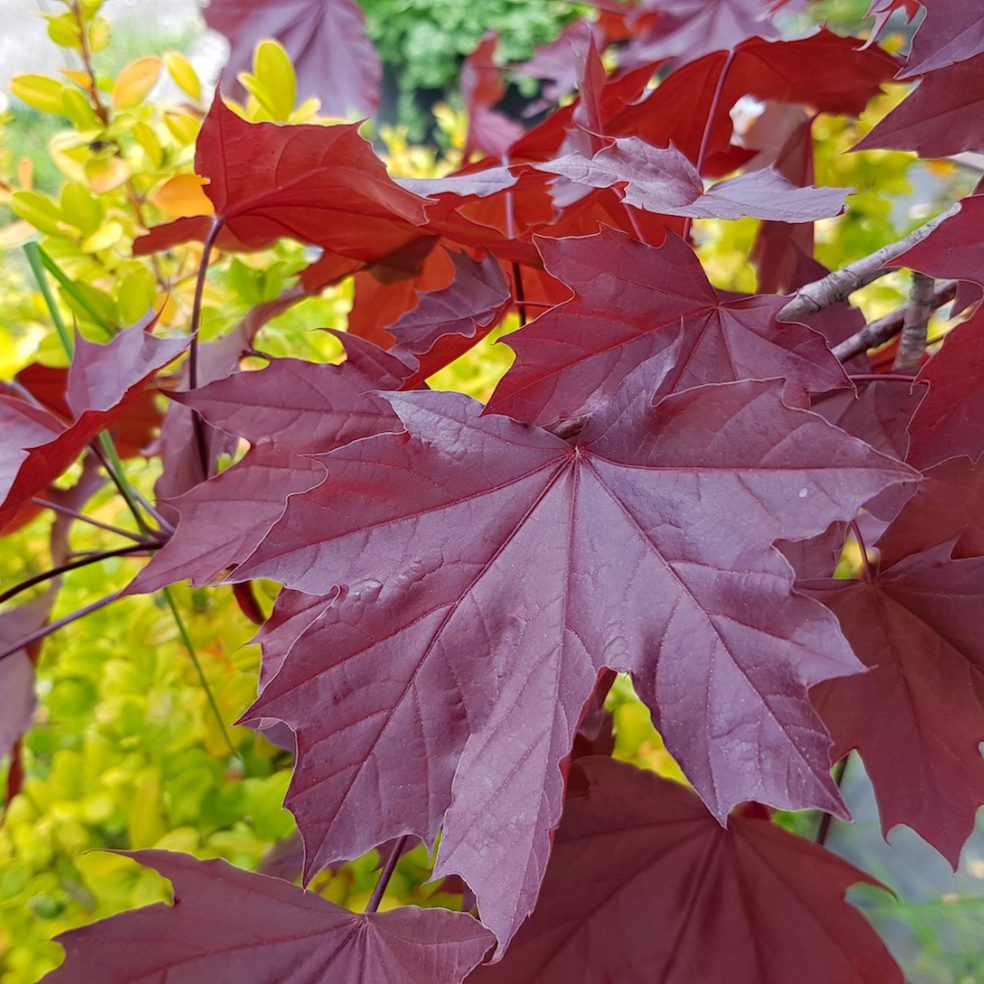
Acer platanoides Crimson King
The Crimson King Maple, or Acer platanoides 'Crimson King', started as a seedling in Europe in the 1930s. Fast forward twenty years, and it made its way to the USA, where it became widely popular for its ornamental beauty.
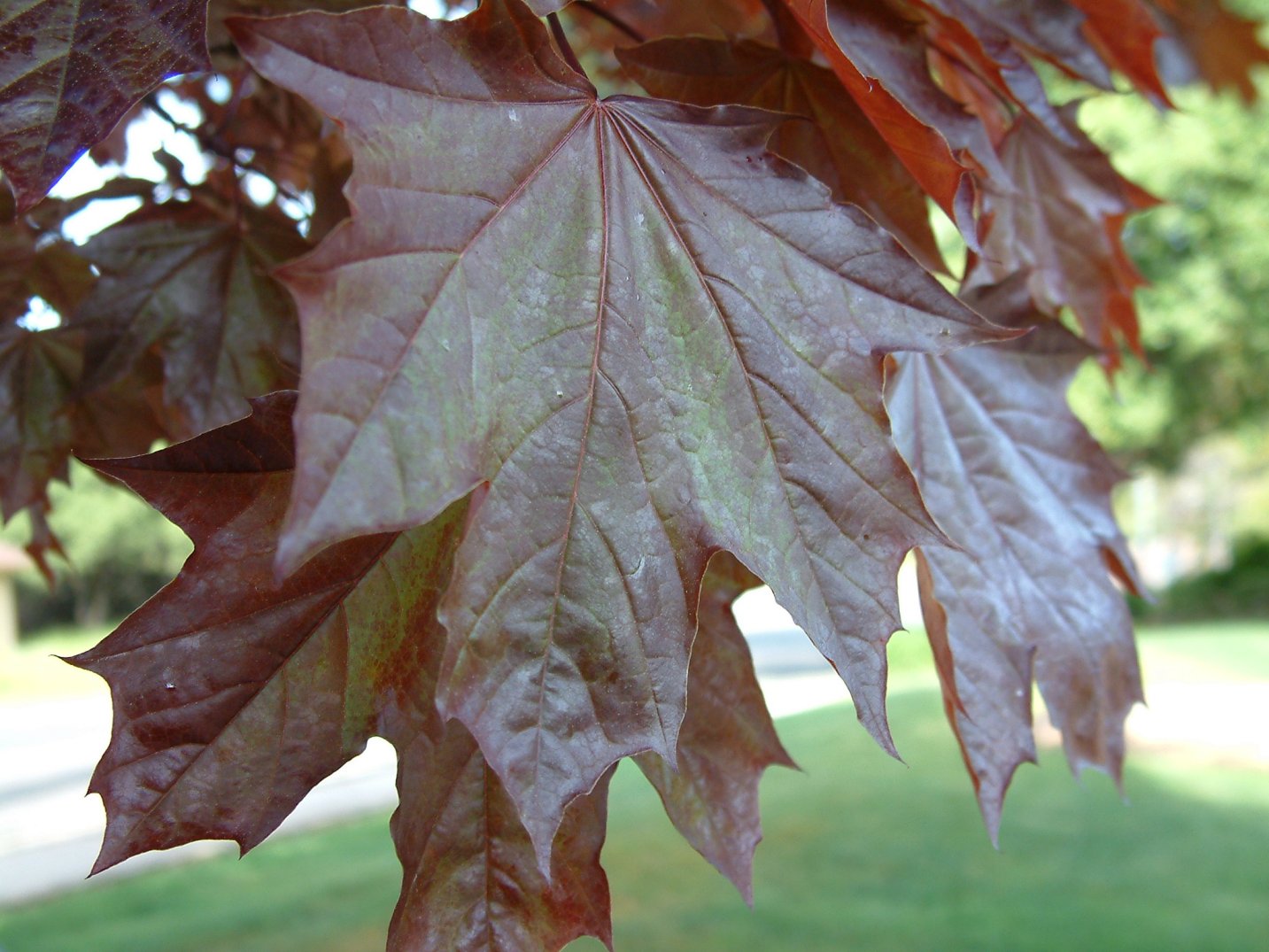
Acer platanoides 'Crimson King'
The Norway maple (Acer platanoides) is a large deciduous tree with a dense, rounded crown.Native to eastern and central Europe, it has been widely planted across the UK in streets, gardens and parks. Since its introduction in the seventeenth century, the Norway maple has become naturalised and now self-seeds in a wide range of habitats, including woods, scrubland and hedges.

Acer platanoides 'Crimson King' Acer, Black Garden, The Darkest, Zone 7, Plants, Crimson
Crimson King Norway Maple, This bold landscape tree creates dense shade with its large, deeply lobed leaves. The maroon-purple foliage makes a distinctive and d. Acer platanoides 'Crimson King' Pronunciation: AY-ser plat-an-OY-deez. SKU #00113.. The maple family holds just two genera with Acer the most well known and named for the old.
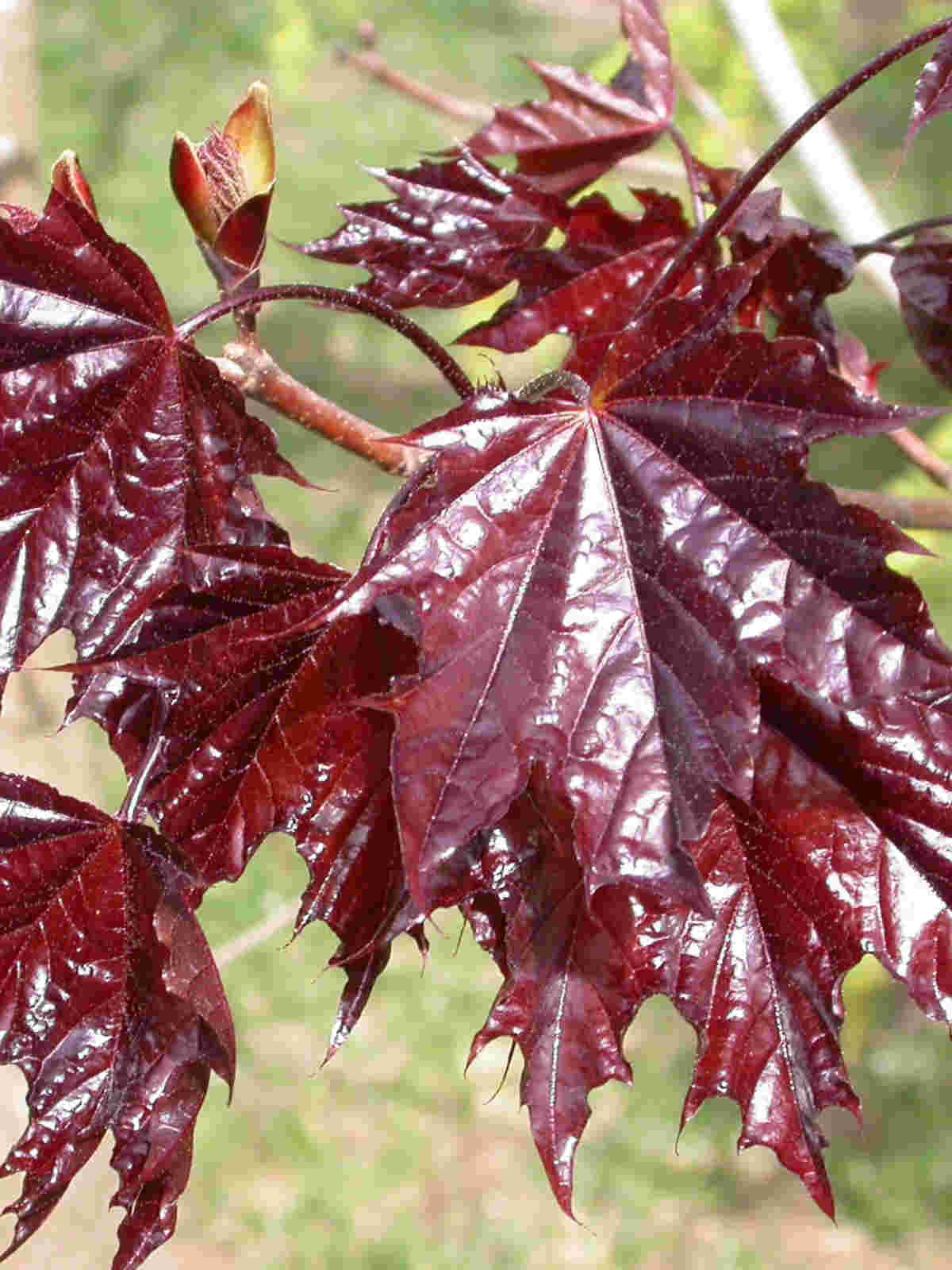
Acer platanoides 'Crimson King' Japanese Maple Garden Trees Lucan Garden Centre
Additional Information. Crimson King is a common cultivar used in the industry for its rich maroon foliage throughout the growing season. One of the densest shade trees, widely adaptable to soils and environments, including dry and polluted city conditions. Transplants easily. Extremely dense canopy and shallow root system make it impossible to.

Acer Platanoides Crimson King / Érable de Norvège Crimson King Pépinière Dominique Savio
One of the things that makes the Crimson King Norway maple so problematic is how easily it spreads and thrives. That has a lot to do with the fact that it tolerates a wide range of soils. If the soil is fairly average, has medium moisture, and drains well, Acer platanoides 'Crimson King' will thrive. The only soil where it will have a tough.
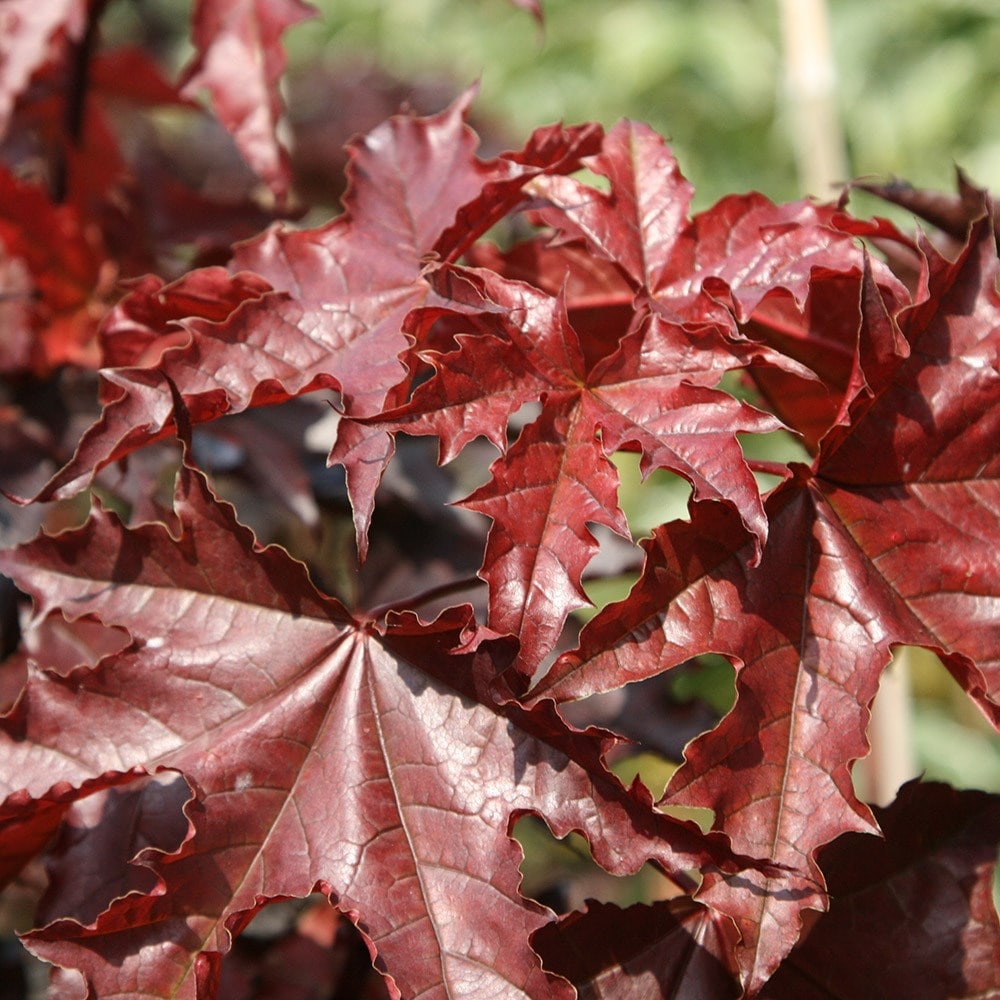
Buy Norway maple 'Crimson King' Acer platanoides Crimson King £89.99 Delivery by Crocus
Acer platanoides'Crimson King' -- 'Crimson King' Norway Maple Page 4 trunk increase in size, the root chokes the trunk. Girdling roots are detected by examining the base of the trunk. The lack of trunk flare at ground level is a symptom. The portion of the trunk above a girdling root does not grow as rapidly as the rest so may be